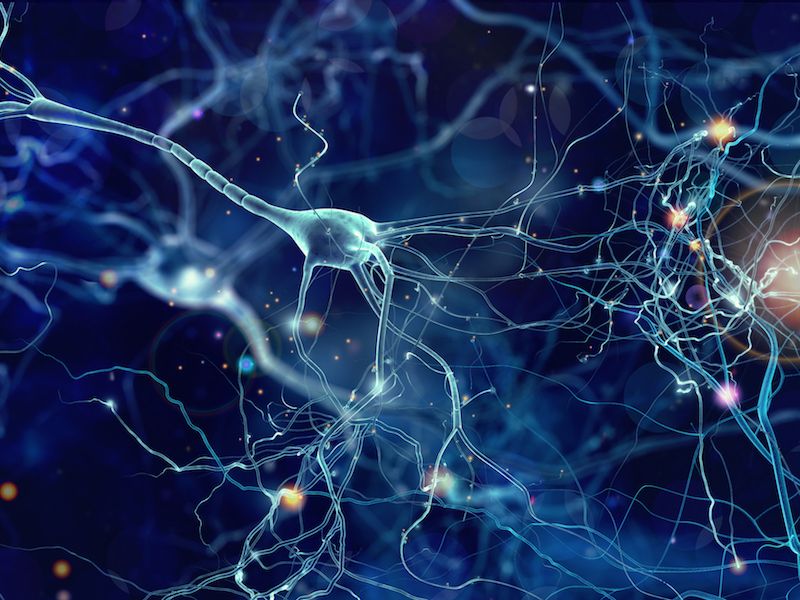
How often do you think about your nervous system? Probably not all that regularly. Normally, you wouldn’t have to worry about how your neurons are communicating messages to the nerves in your body. But you will take a closer look when something isn’t working right and the nerves start to misfire.
There’s one particular disease, known as Charcot-Marie-Tooth (CMT) disease, which can influence the nervous system on a relatively large scale, though the symptoms normally manifest mainly in the extremities. And there’s some evidence that implies that CMT can also lead to high-frequency hearing loss.
Charot-Marie-Tooth Disease, What is it?
Charcot-Marie-Tooth disease is a set of inherited disorders. In essence, these genetic disorders cause something to go wrong with your nerves or with the protective sheathing around your nerves.
There is an issue with the way impulses move between your brain and your nerves. A loss in motor function and sensation can be the outcome.
CMT can be present in a number of varieties and a combination of genetic factors normally result in its expressions. For most people who have CMT, symptoms start in the feet and can work their way up into their arms. And, strangely, among those who have CMT, there is a higher rate of occurrence of high-frequency hearing loss.
A Link Between Hearing Loss And CMT: The Cochlear Nerve
There’s always been an anecdotal connection between loss of hearing and CMT (meaning that inside of the CMT community everybody has heard others talk about it). And it seemed to mystify people who had CMT – the ear didn’t appear very related to the loss of feeling in the legs, for example.
A scientific study firmly established the connection just recently when a group of scientists evaluated 79 people with CMT at the University of Iowa Hospitals and Clinics.
The findings were quite decisive. Low to moderate frequencies were heard almost perfectly by those who had CMT. But all of the participants showed loss of hearing when it came to the high-frequency sounds (usually around the moderate levels). high-frequency hearing loss, according to this study, is likely to be connected to CMT.
The Cause of Hearing Loss and How to Deal With It
At first, it might be puzzling to attempt to recognize the link between high-frequency hearing loss and CMT. Like all other parts of your body rely on correctly functioning nerves. That’s also the same for your ears.
What most researchers hypothesize happens is that the cochlear nerve is impacted by the CMT – interfering with your ear’s ability to interpret and convey sounds in a high-frequency range. Anybody with this type of hearing loss will have a hard time hearing specific sounds, and that includes voices. In particular, understand voices in crowded and noisy rooms can be a real challenge.
Hearing aids are usually used to manage this form of hearing loss. There’s no recognized cure for CMT. Modern hearing aids can isolate the exact frequencies to boost which can provide considerable assistance in battling high-frequency hearing loss. In addition, most modern hearing aids can be calibrated to work well inside of noisy conditions.
Multiple Causes of Hearing Loss
Experts still aren’t completely certain why CMT and hearing loss seem to co-exist quite so often (above and beyond their untested hypothesis). But this form of hearing loss can be efficiently managed with hearing aids. So scheduling an appointment to get fitted for hearing aids will be a smart choice for people who have CMT.
Hearing loss symptoms can surface for many reasons. In some situations, loss of hearing is triggered by undesirable exposure to harmful noises. In other cases, hearing loss might be the result of an obstruction. It also looks as if CMT is another possible cause.